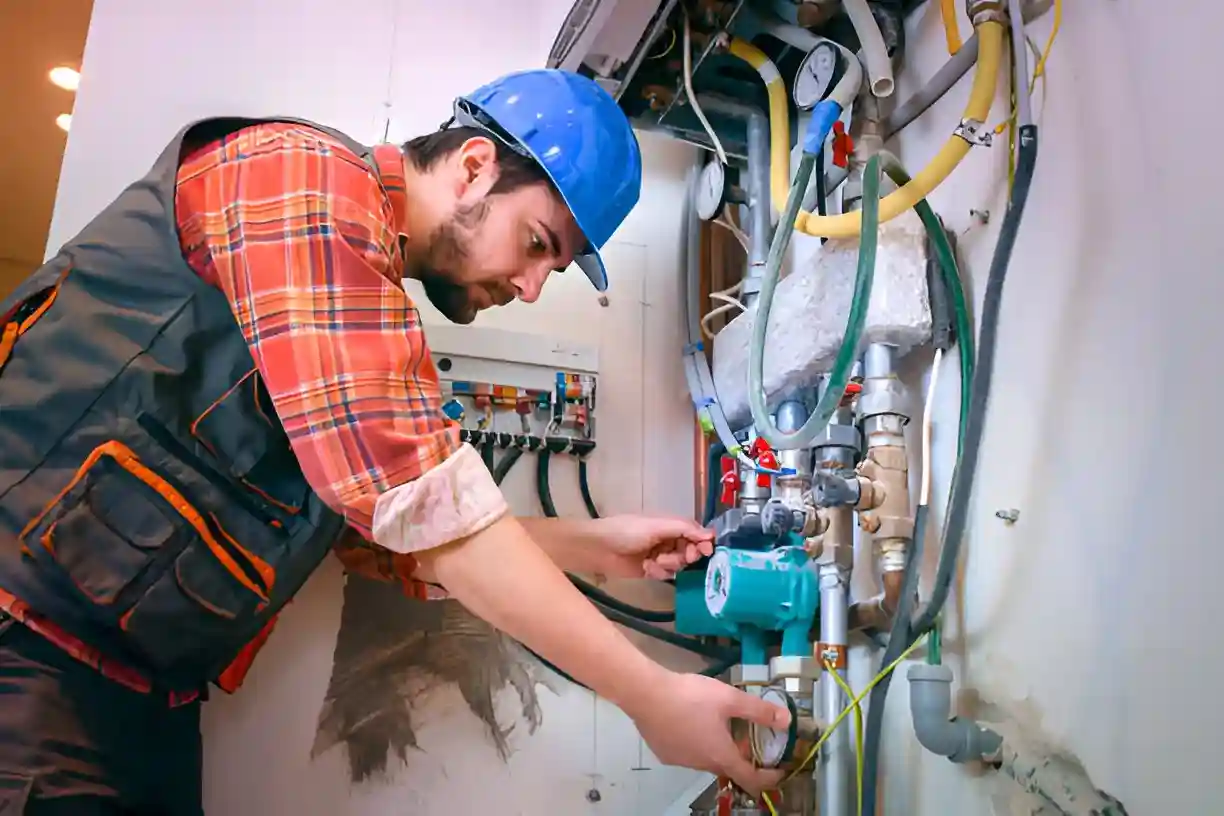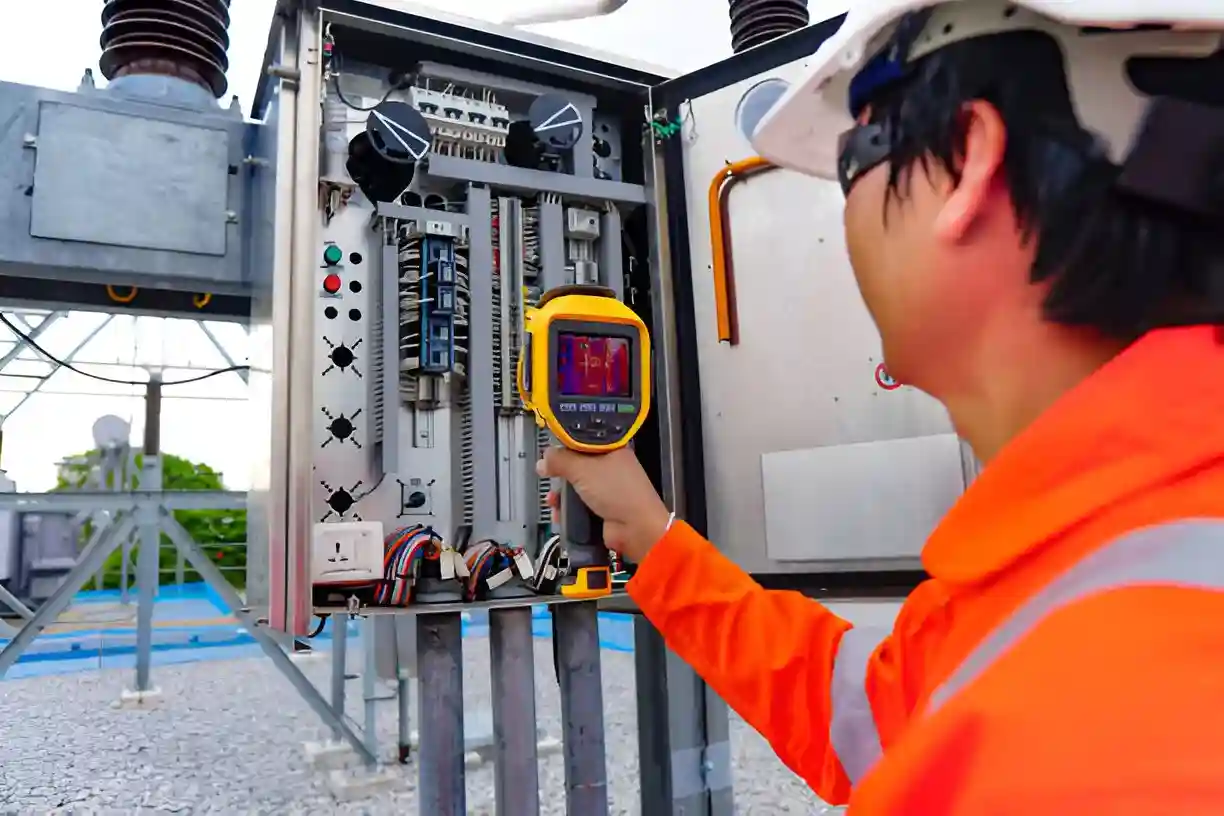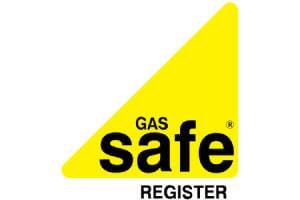
Electrical diagnostics services play an essential role in maintaining the safety, efficiency, and reliability of electrical systems across the UK. Using advanced tools and techniques such as thermal imaging and circuit analysis, professionals are able to detect faults before they turn into costly or dangerous issues. Yet, despite their importance, many property owners remain unaware of the early warning signs that suggest these services are needed. Understanding how electrical diagnostics work and when to call in the experts can significantly improve system performance and help ensure compliance with safety standards.
What Are Electrical Diagnostics Services?
Electrical diagnostics involve a structured approach to identifying faults and assessing the overall condition of an electrical system. These services are more than just routine checks; they provide an in-depth look at the system’s health and functionality.
A typical diagnostic process includes detailed testing methods such as insulation resistance testing, thermal imaging to detect hot spots, and circuit analysis to evaluate current flow and load distribution. In some cases, specialists may also use data logging to monitor how the system behaves in real time under different conditions.
Technicians rely on a range of specialised instruments to measure voltage, current, resistance, and other critical parameters. Alongside these technical tests, a visual inspection often reveals signs of wear, corrosion, loose connections, or outdated components.
By carefully isolating problems and interpreting the data, professionals can pinpoint the root causes behind inefficiencies, erratic behaviour, or system failures. These insights enable property owners and facility managers to make informed decisions about repairs, upgrades, or preventive maintenance.
Why Electrical Diagnostics Are Essential for Safety
The safety of any electrical system depends on proactive maintenance and early fault detection. Electrical diagnostics offer a reliable way to uncover hidden issues that could otherwise lead to serious hazards, including fire or electrocution.
Through careful analysis, these services can identify problems like insulation deterioration, overloaded circuits, loose wiring, and component degradation. Catching these faults early not only helps to prevent accidents but also reduces the likelihood of costly downtime and equipment damage.
Beyond safety, diagnostics also ensure systems comply with the latest UK electrical safety regulations. Businesses in particular must demonstrate due diligence when it comes to health and safety. Regular diagnostics support legal compliance and reduce potential liability in the event of an incident.
In short, investing in professional diagnostics is a smart, preventative measure that protects people, property, and operations.
Common Electrical Issues Uncovered by Diagnostics
Diagnostics often bring to light issues that would otherwise go unnoticed until they cause a malfunction. Some of the most frequently detected problems include:
- Circuit Overloads: When too much current flows through a circuit, it can lead to overheating, increased fire risk, and damage to appliances or infrastructure.
- Loose or Faulty Connections: Poor connections often result in intermittent power, flickering lights, or unexpected shutdowns. Left unresolved, these faults can worsen over time.
- Insulation Breakdown: Degraded insulation can lead to short circuits or leakage currents, both of which pose significant safety hazards.
- Ineffective Circuit Breakers: Ageing or mismatched breakers may not respond appropriately to overloads, increasing the danger of electrical fires.
- Grounding Issues: Inadequate grounding can result in unsafe voltage levels on exposed surfaces, endangering both equipment and human safety.
Addressing these issues quickly is key to maintaining system performance and avoiding long-term damage.

How Electrical Diagnostics Are Carried Out in the UK
In the UK, electrical diagnostics follow a clear and structured process that blends expert knowledge with cutting-edge technology.
Technicians begin by using diagnostic tools like thermal imaging cameras to scan for overheating components, multimeters to check voltage and current levels, and circuit testers to verify continuity and integrity. These devices help them uncover potential weak spots or inconsistencies within the system.
Once data is gathered, it’s compared against performance benchmarks and regulatory standards. This helps identify not only what’s wrong, but also how far the system may be deviating from safe or efficient operation.
Some service providers also use advanced software to interpret diagnostic results, offering a more detailed view of potential issues. At the end of the process, clients receive a comprehensive report outlining the findings, along with tailored recommendations for repairs or upgrades.
This methodical approach ensures every aspect of the electrical system is thoroughly evaluated, enabling more accurate, data-driven decisions.
The Benefits of Hiring Professional Diagnostic Services
While some may think diagnostics are only necessary when something goes wrong, regular professional assessments offer several long-term benefits.
To begin with, early detection of faults helps prevent dangerous incidents like electric shocks or fires. Professionals can uncover hidden issues that wouldn’t be spotted during a routine visual check, allowing for timely repairs.
These services also improve energy efficiency by ensuring systems aren’t drawing more power than necessary. A well-maintained system uses less electricity, which can lead to noticeable savings on energy bills.
Additionally, catching wear and tear early can extend the lifespan of electrical components, reducing the need for costly replacements. Diagnostics also support legal and insurance compliance, particularly for businesses and landlords who must meet specific safety obligations.
In the end, regular diagnostics are not just about fixing problems; they’re about preventing them and preserving your investment in your electrical infrastructure.
Signs It’s Time to Book Electrical Diagnostics
Not sure when to call in a professional? Here are some warning signs that suggest it’s time for an electrical system check-up:
- Frequent Breaker Trips
If your circuit breaker keeps cutting out, it could be a sign of overloaded circuits, short circuits, or faulty wiring. - Flickering or Dimming Lights
Unstable lighting is often caused by fluctuating voltage or poor connections within the system. - Unusual Smells or Discolouration
A burning odour or scorch marks near sockets and switches often indicate overheating, an urgent safety concern that needs immediate attention.
Paying attention to these signs and acting quickly can prevent minor issues from escalating into major repairs.

How to Choose a Reliable Diagnostics Provider in the UK
With the growing importance of electrical safety, choosing the right diagnostic service provider is essential. Here’s what to bear in mind when making your choice:
- Certifications and Accreditations
Look for companies accredited by bodies such as NICEIC, ELECSA, or NAPIT. These certifications confirm the provider adheres to UK industry standards. - Experience and Reputation
Choose a provider with a proven track record in a variety of diagnostic services. Online reviews and client testimonials can offer insight into their reliability and customer service. - Equipment and Technology
Ask about the tools they use. Modern equipment provides more accurate results, enabling better-informed maintenance decisions. - Comprehensive Reporting
The best providers offer detailed reports that clearly explain what was tested, what was found, and what actions are recommended.
Doing your homework before hiring can ensure you receive thorough and professional diagnostics that meet your needs.
Frequently asked questions.
Conclusion
Electrical diagnostics services are a critical part of maintaining any modern electrical system in the UK. These evaluations help uncover hidden faults, ensure safety compliance, and extend the life of essential infrastructure. Whether you’re a homeowner, landlord, or business owner, staying proactive with diagnostics can save you time, money, and serious risks down the line. By choosing a qualified and experienced provider, you ensure that your property remains safe, efficient, and fully compliant with UK standards.







